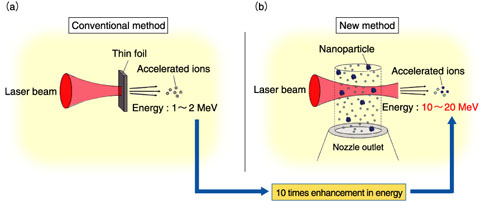
Fig.5-3 Schematic of laser-driven ion acceleration
Extremely strong electromagnetic fields at micron scale are created by irradiation of a strong focused laser beam onto matter. Laser-driven ion acceleration, which utilizes such strong electromagnetic fields, has attracted much attention in terms of hadron therapy system downscaling and cost reduction. A laser-driven ion beam with energies of 80~250 MeV is required for the purpose of a medical application. However, if we used the conventional ion acceleration method using a thin foil target (Fig.5-3(a)), it would require an enormous amount of laser energy from a newly-developed large-scale laser system. Therefore, in order to downscale the whole treatment unit including the laser system, we have to discover a new method for ion acceleration using the compact laser systems which are widely used around the world.
In the Photo-Medical Research Center (PMRC), instead of using a thin foil target but by irradiating a laser beam onto a nanoparticle target, we successfully created a state of matter (called “subcritical-density plasma”) which can effectively absorb laser energy (Fig.5-3(b)). As a result, we demonstrated efficient generation of high energy ions with energies up to 10~20 MeV. This corresponds to an approximately tenfold improvement in accelerated ion energy compared to previous experiments (1~2 MeV) with thin foil targets.
The experimental results and computer simulations estimate that ions greater than 200 MeV could be generated at a laser intensity of 1020 W/cm2 with the nanoparticle target, which is one of the milestones of the PRMC’s research program. The laser intensity of 1020 W/cm2 could be attainable using the compact laser system at the PMRC, if its beam quality can be further improved. Moreover, the new method is replenishable and has a small divergence angle, which makes it possible to shorten the treatment time with an increase in the dose rate, and to construct a compact beam transport system.
In summary, the method we demonstrated has the potential to enhance development of a compact laser-driven hadron therapy system.
<Previous: 5 Photo-Medical Research Cooperation | Next: 5-2 >